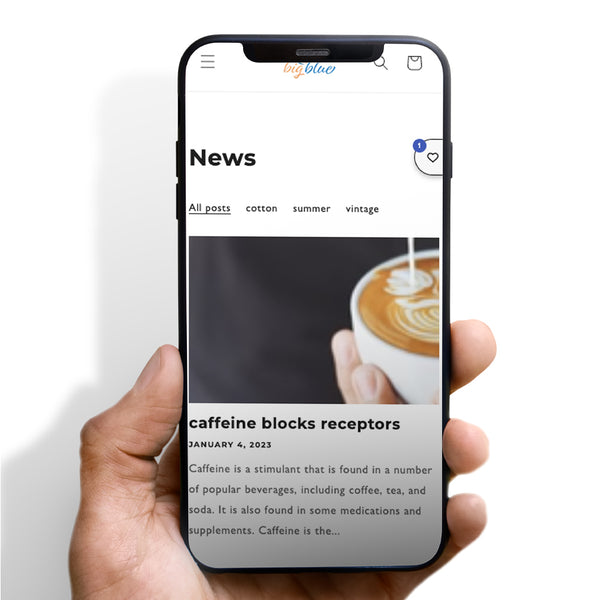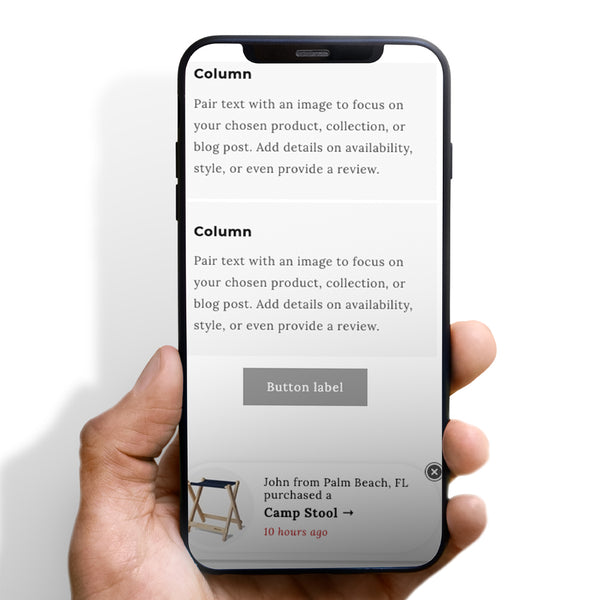Unlocking the Secrets of Shopify Performance Optimization: A Comprehensive Guide
If you're an e-commerce entrepreneur, you're likely familiar with Shopify, one of the most popular and versatile platforms for building online stores. While Shopify provides a user-friendly interface and a range of useful features, ensuring optimal performance for your Shopify store is crucial to attracting visitors, boosting sales, and achieving success in the competitive online marketplace. In this comprehensive guide, we will delve into the world of Shopify performance optimization, providing you with valuable insights and actionable tips to enhance your website's speed, functionality, and overall search engine visibility.
1. Understanding Shopify Performance Metrics
Before diving into the optimization techniques, it's essential to grasp the key performance metrics that impact your store's success. These metrics include:
- Page Load Time
Page load time plays a vital role in user experience and search engine rankings. Faster loading pages result in reduced bounce rates and higher customer satisfaction.
- Mobile Responsiveness
With the growing number of mobile users, having a mobile-responsive Shopify store is imperative for reaching a broader audience and improving conversion rates.
 - Server Response Time
- Server Response Time
The server response time directly affects how quickly your store's pages load. A slow server response time can lead to frustrating delays for users.
2. Choosing the Right Shopify Theme
Your Shopify theme serves as the foundation of your online store. Opt for a well-coded, lightweight, and mobile-responsive theme that aligns with your brand's aesthetics and caters to your target audience. Customize the theme to make it unique while avoiding excessive elements that could hinder performance.
3. Minimizing Image Sizes
High-resolution images enhance visual appeal but can significantly impact loading times. Compress and optimize images without compromising quality to strike the right balance between aesthetics and performance.
4. Utilizing Caching Mechanisms
Implementing caching mechanisms like browser caching and server-side caching can dramatically reduce page load times for returning visitors, leading to improved overall performance.
5. Streamlining CSS and JavaScript
Excessive CSS and JavaScript files can slow down your Shopify store. Merge and minify these files to reduce the number of requests and boost loading speeds.
6. Choosing the Right Apps
While Shopify's app store offers a plethora of exciting add-ons, using too many apps can bloat your website and negatively affect its performance. Opt for well-reviewed, essential apps that truly add value to your store.
7. Regularly Update Shopify and Apps
Frequent updates ensure your store stays secure, bug-free, and optimized. Set a schedule to check for updates for Shopify, themes, and installed apps.
8. Implementing Accelerated Mobile Pages (AMP)
Creating Accelerated Mobile Pages for your Shopify store can significantly enhance mobile loading speeds and improve user experience on mobile devices.
9. Optimizing for Keywords
Research relevant keywords related to your products and niche. Use them strategically in product descriptions, meta tags, and headings to improve your store's search engine rankings.
10. Building High-Quality Backlinks
Backlinks from reputable websites can boost your Shopify store's authority and search engine visibility. Engage in outreach and content marketing to earn valuable backlinks.







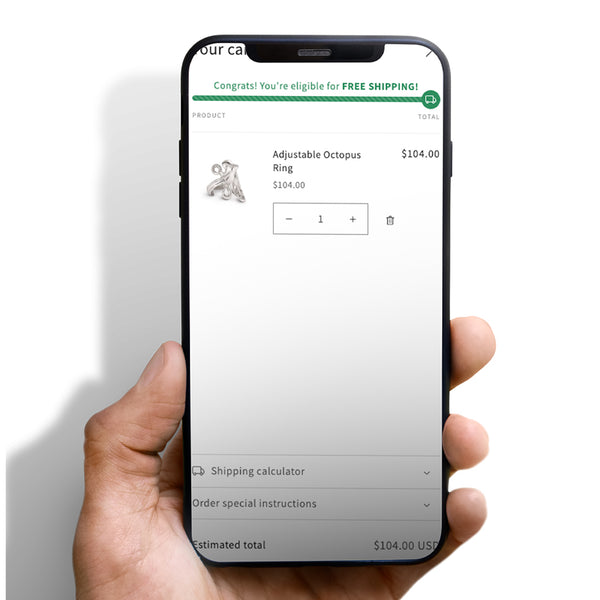
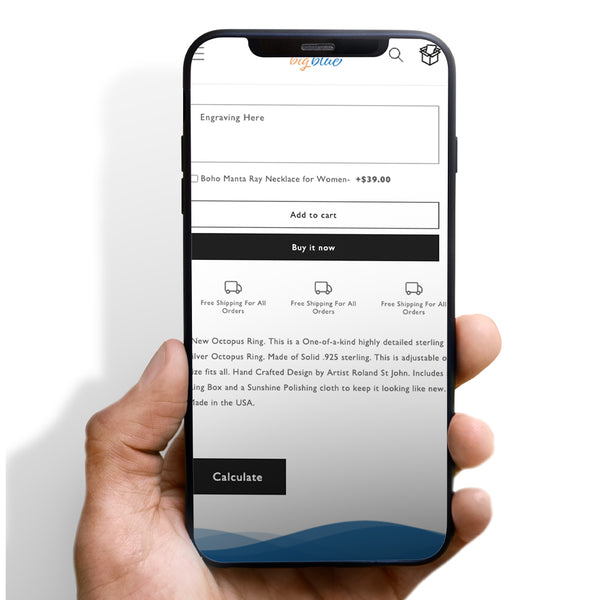

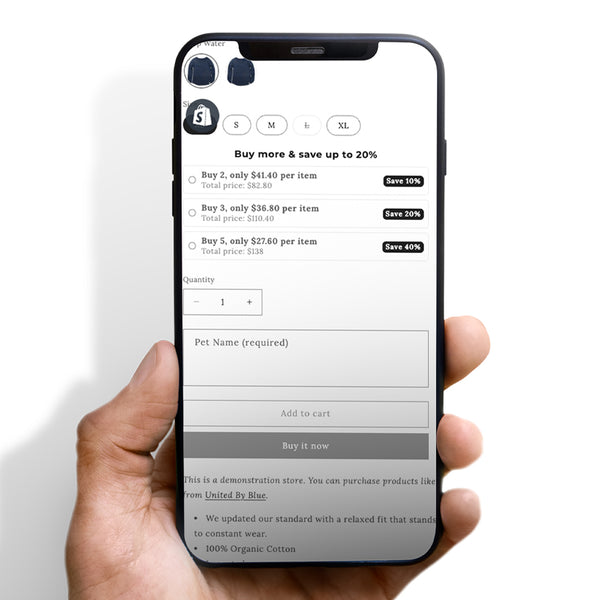
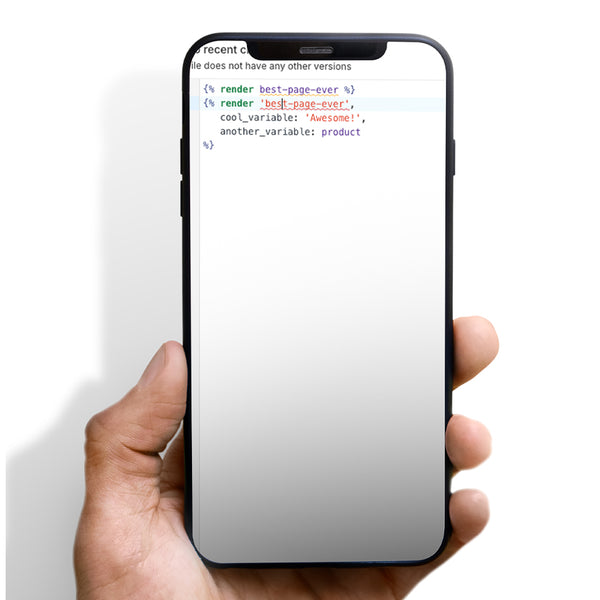


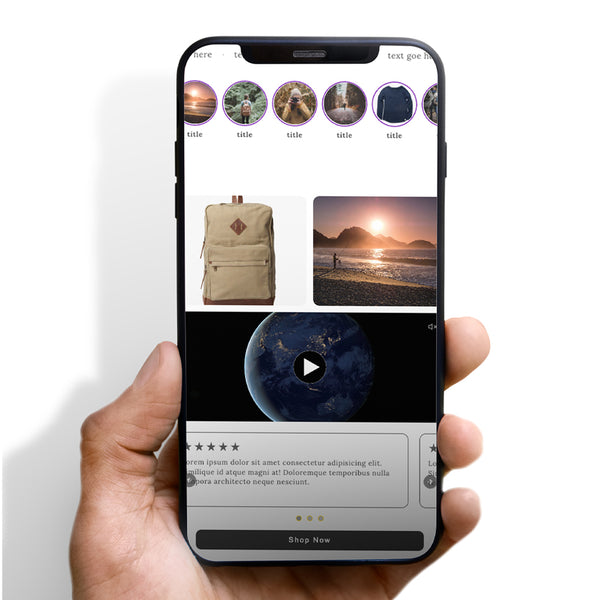



 5/5 from 144 reviews
5/5 from 144 reviews




